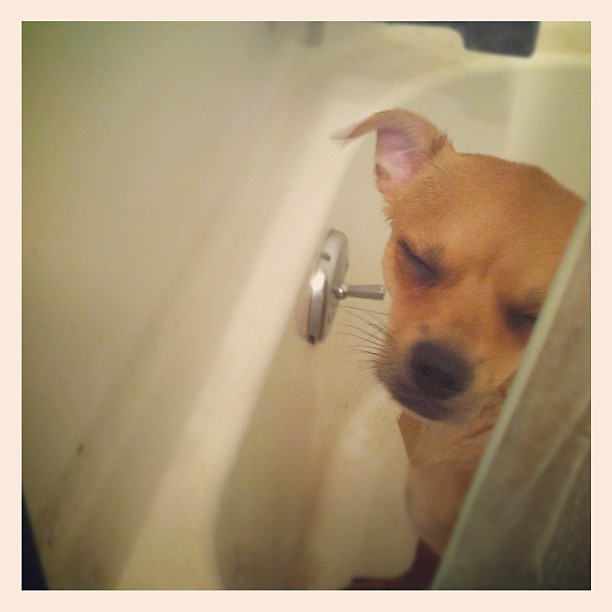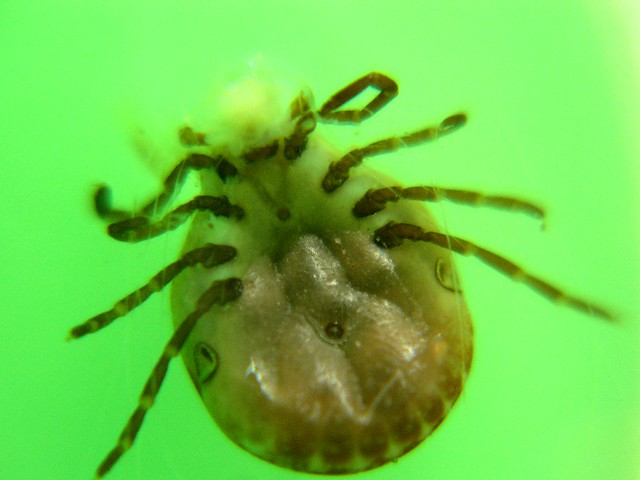Anybody can go out and get a dog and bring him home. But if you wish to properly care for your dog, you've got to know what you're doing. Concentrate on the following useful information on ringworm canine so that you can confirm your dog has everything it needs so as to live and long and healthy life.
 |
| Cookie: "What, I gotta shower too?" Me: "That little red patch looks suspicious. Might be ringworm." Cookie: "Gunfunnit."Photo by effin_peaz (cc) |
To make certain that your dog is healthy, be sure to allow it to get access to clean water at all points during the daytime. Just like with all living beings, water is one of the most important elements. The sole exception would be that you would want to keep water from a puppy dog for three hours before bedtime.
Lift your dog correctly. If you have a little dog or puppy dog, place your one hand under their chest and use your other hand for supporting their rump and hind legs. If you're lifting a huge dog, lift them from their underside supporting their chest using your one arm and using your other arm to support their rear end. Never lift a dog by their back legs, tail, or the nape of their neck.
dog, place your one hand under their chest and use your other hand for supporting their rump and hind legs. If you're lifting a huge dog, lift them from their underside supporting their chest using your one arm and using your other arm to support their rear end. Never lift a dog by their back legs, tail, or the nape of their neck.
You have to give careful thought to a decision to bring a dog into your life. Often, it is difficult to resist the delightful face of a puppy or dog, but don't forget how much is concerned in the care of a pet. Take everything into account first to be sure you can supply your little puppy with everything that he needs and to be in a position to manage it successfully.
Consider young dog coaching classes for your young pet. Puppies are eager to learn, and a class is a superb atmosphere to let them do so in. Classes are also regularly less expensive than individual lessons. This could teach your pup necessary behavior abilities and permit both of you bonding time too.
Your dog loves you completely, and you would like to ensure you supply the most for him. it's important that you utilize the information you have been given so you can work towards taking great care of your pet. Your pet merits correct care, and you can now provide that to him.
Author: Scott Araiza
Author: Scott Araiza


















